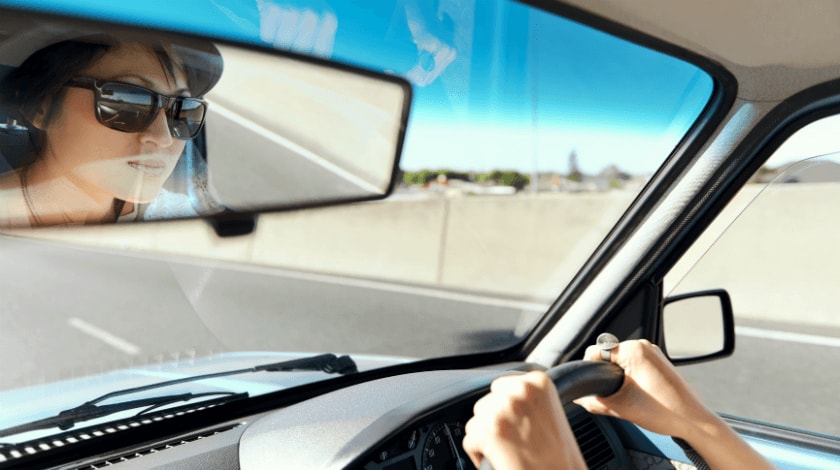The dangers of driving when tired.
Driving when tired can be as dangerous as drinking and driving.
Sleepiness is a common, but often overlooked, cause of avoidable traffic accidents.1
Because there are no tests for sleepiness, it is difficult to blame road accidents on it.
- A study in Canada has shown that drivers awake just three hours (or even less) past their normal bedtime tend to speed and have trouble on the road
- The resulting behavior is nearly the same as it is for drivers under the influence of alcohol2
- Drinking too much alcohol, and depriving yourself of sleep can radically impair your judgment and affect both your reaction time and awareness levels
- Another study found that feeling sleepy while driving, significantly increases the risk of a car crash in which the driver is injured or killed
- Drivers were most at risk if they slept for less than five hours or if they drove between 2am and 5am in the morning 3
The less sleep you get, the more the symptoms appear.
How Does Your Clock Tick?
The circadian rhythm
- A biological clock system, which most of us have is a 24-hour sleep and wake cycle which helps our bodies adjust to the time of day
- Some people are more alert in the morning, while others are geared to staying up late
- Whether you're a morning or evening person, your body is programmed to feel drowsy in the middle of the afternoon, making this a high-risk time to drive.
- Researchers think that circadian factors are as important in determining driver sleepiness as the duration of the drive 4
- In addition, your age also appears to affect times when you are most at-risk
- Young adults are most likely to have sleep-related accidents in the early morning, whereas older adults seem to be most vulnerable in the early afternoon 5
How Can You Stay Awake?
There is only one sure way of staying alert at the wheel and that is to get enough sleep before you drive.
Some common signs that you need to take a break include: 6
- Finding it difficult to focus on the road, heavy eyelids or frequent blinking
- Daydreaming
- Missing road exits or traffic signs
- Yawning or rubbing your eyes
- Difficulty in keeping your head upright
- Drifting out of your lane
Some ways to curb sleepiness when driving:
- Open the window
- Turn the cold air on
- Turn up the radio
- Caffeine may help. It does have a measurable effect on your alertness, if a short fix is what's needed
- Some experiments have found that caffeine significantly reduces early morning driver sleepiness for 30 minutes following no sleep, and for two hours in those who had reduced sleep.7
Sources
- Feyer A. Fatigue: time to recognize and deal with an old problem. British Medical Journal. 2001; 322: 808-809.
- Connor J, Norton R, Ameratunga S, Robinson E, Civil I, Dunn R, et al. Driver sleepiness and risk of serious injury to car occupants: population based case control study. British Medical Journal. 2002; 324: 1-5.
- Arnedt JT, Wilde GJ, Munt PW and MacLean AW. How do prolonged wakefulness and alcohol compare in the decrements they produce on a simulated driving task? Accident , analysis and prevention . 2001; 33: 337-344.
- Horne J and Reyner L. Vehicle accidents related to sleep: a review. Occupational and Environmental Medicine . 1999; 56: 289-294.
- Horne JA and Reyner LA. Driver Sleepiness. Journal of Sleep Research . 1995; 4: 23-29.
- Drowsy driving. National Sleep Foundation. Visited 19 February 2013.
- Reyner LA and Horne JA. Early morning driver sleepiness: effectiveness of 200mg caffeine. Psychophysiology . 2000; 37: 251-256.

